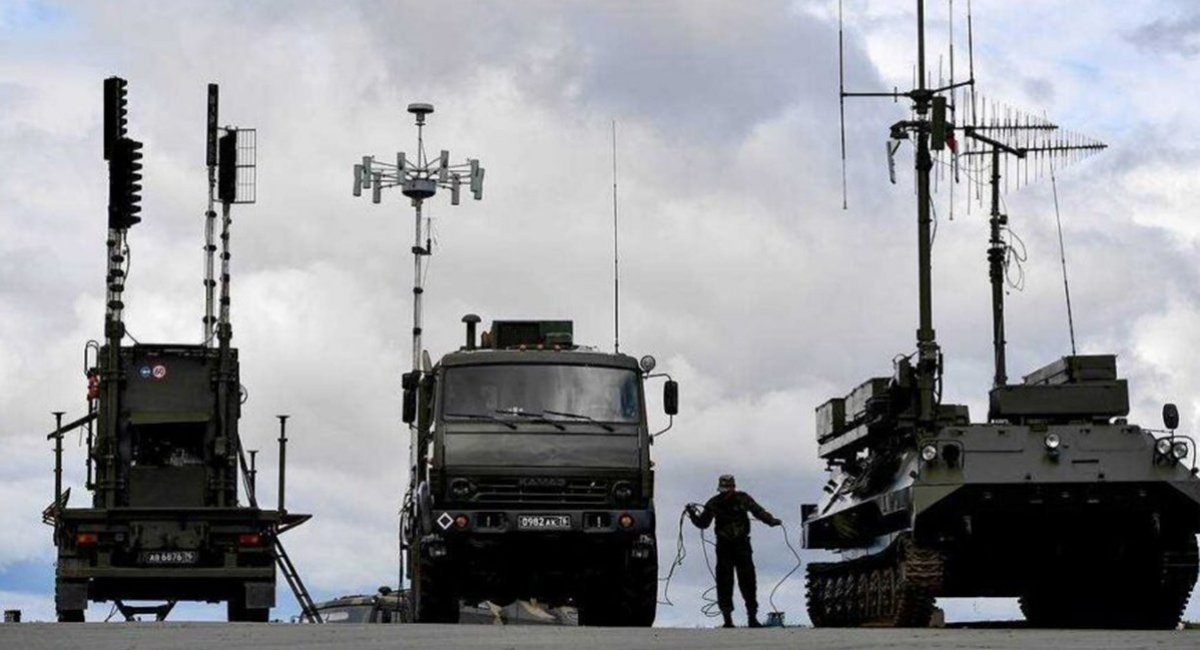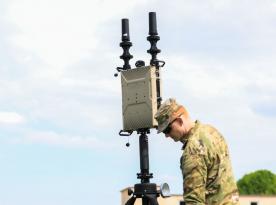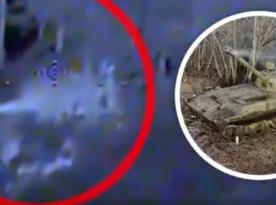For more than five months, russians were experimenting with their 14Ts227 Tobol electronic warfare system trying to suppress Starlink internet connection in Ukraine, The Washington Post reports with reference to the Pentagon's "the top-secret assessment" among the documents leaked the other day.
What was the result of their effort, neither Pentagon nor SpaceX commented. The information found by WP points to deployment of a Tobol jammer near Bakhmut, eastern Ukraine, to cut off Starlink service used by the Ukrainian defenders of the city.
Read more: Can russia Really Take Down an Orbital Satellite and Is It Worth the Effort

The US Department of Defense answered on WP inquiry that it still focuses on "getting the Ukrainians the satellite capabilities they need," whereas Kyiv assured it was aware of russia's efforts and "taking measures to neutralize them."
There is very little public information about the 14Ts227 Tobol. The only source we have here is the article from The Space Review dated November 2020. It says, "russia may also be working on a capability to perform electronic warfare from space" since the 1980s. The following description of Tobol follows.
According to the russian official classification, the 14Ts227 is one of "electronic warfare complexes for space-related purposes". Although there were no details anywhere about what exactly Tobol does, it was believed to be "aimed at protecting Russian satellites from electronic attack rather than launching electronic attacks against foreign satellites."
The indicator was that russians made up seven positions all located at military units that operate respective satellite tracking facilities (NIP) run by the ministry of defense of the russian federation.
- 8282/1: near Shcholkovo, Moscow region (NIP-14), military unit 26178
- 8282/3: near Ulan-Ude, Republic of Buryatiya (NIP-13), military unit 14129
- 8282/4: near Ussuriysk, Primorskiy region (NIP-15), military unit 14038
- 8282/5: near Yeniseisk, Siberia (NIP-4), military unit 14058
- 8282/6: near Pionerskiy, Kaliningrad region (no known NIP number), military unit 92626
- 8282/7: near Armavir, Krasnodar region (no known NIP number), military unit 20608.
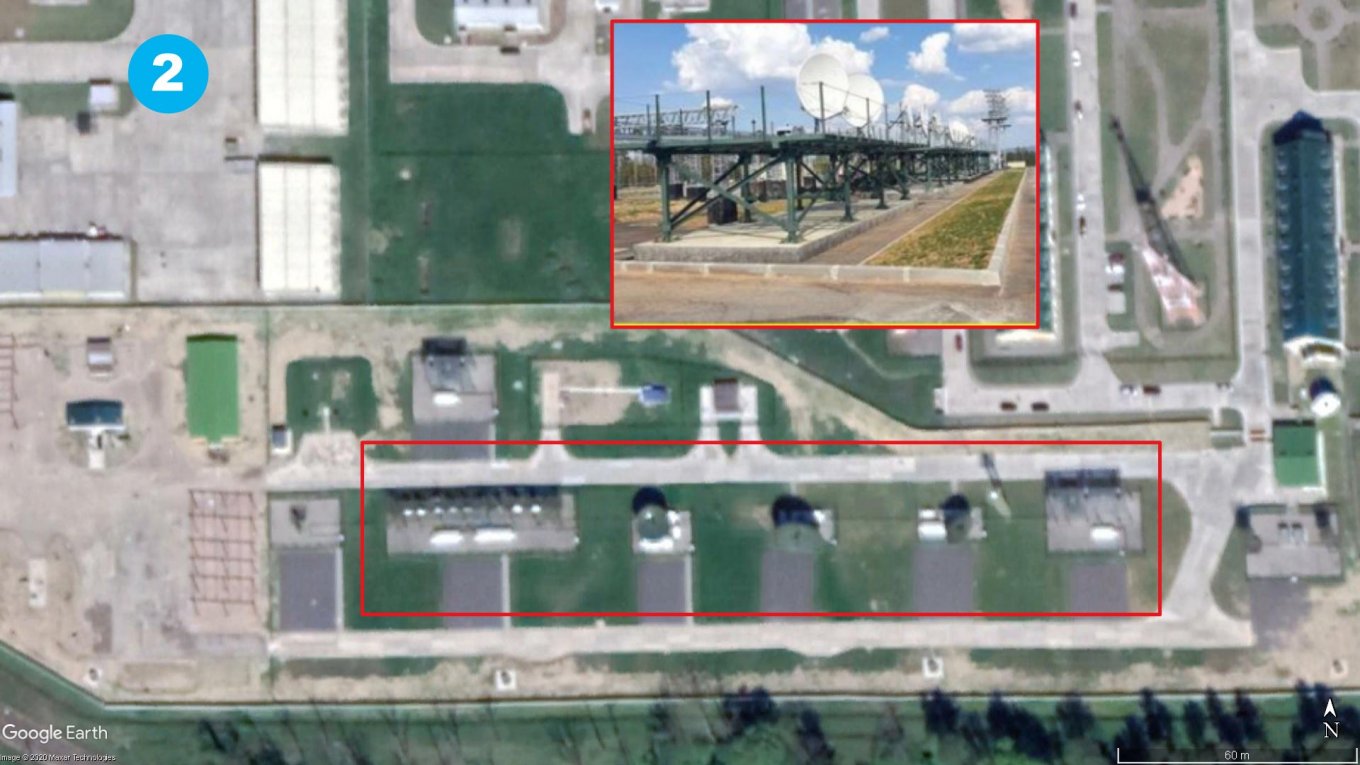
The construction of the deployment sites began no earlier than in 2012. The "core" of the 14Ts227 system in its "stationary example" are so-called "radiotechnical positions" (RTP) that are part of "stationary specialized complexes" (SSK), each consisting of "a number of dish antennas" sized 2, 7.3, and 9.1 meters in diameter. Beside the antennas, there are also transformer substations and diesel power stations for emergency mode.
We say "stationary example" because some sources indicate russians were working on a mobile version of the system, too. It was supposed to have the same chassis as the Fazan truck-mounted satellite tracking system.
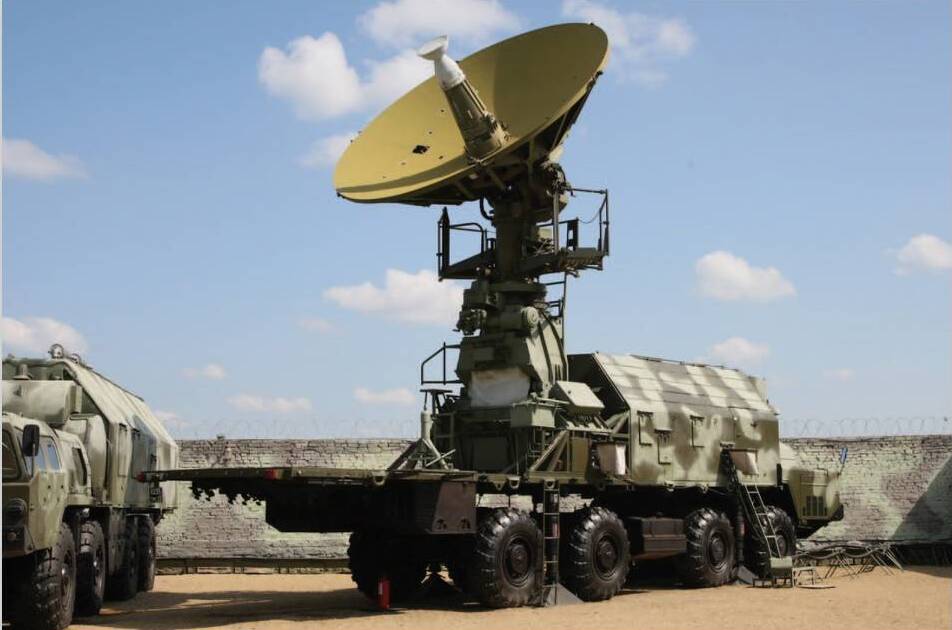
Despite russians claiming their Tobol was only made for protecting their own satellites from EW interference, some of its specifications available in the open domain testify to the completely opposite purpose of this system.
For example, in a PhD dissertation review, a supposed chief designer of Tobol says the 14Ts227 has equipment to monitor signals of navigation satellites with the aim of protecting them against "narrowband interference." More specifically, it is capable of determining "the modulation of navigation signals with 90% accuracy at a signal-to-noise ratio of 30 decibels," as quoted by The Space Review.
Another patent mentions antennas that would be used to pick up and jam what are called "unauthorized signals" sent to satellites or relayed via satellites to the ground.
Apparently, these capabilities were the reason why both US intelligence and WP journalists assumed that russians could use the 14Ts227 Tobol system to try and suppress the Starlink system that relies on a constellation of orbit satellites that provide internet connection.
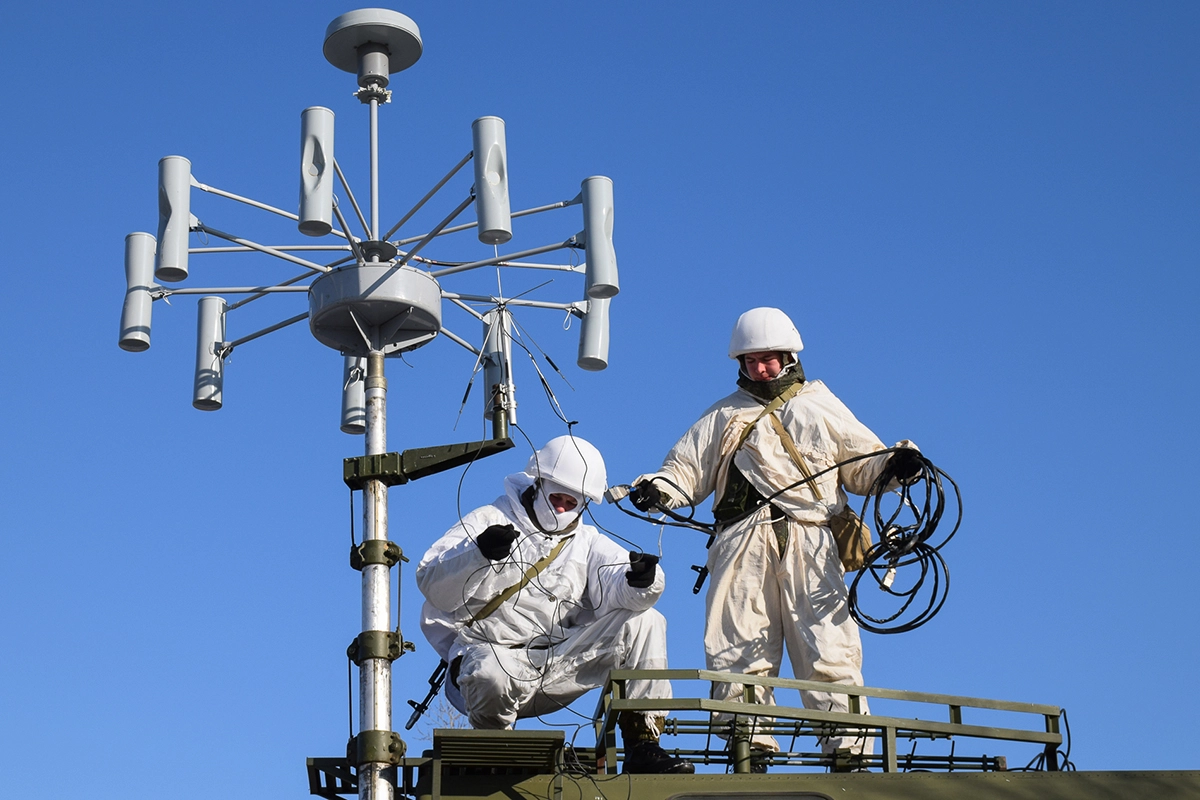
Read more: The Ukrainian Forces Destroyed russian Strizh, Borisoglebsk-2, R-330Zh EW Systems and More (videos)




